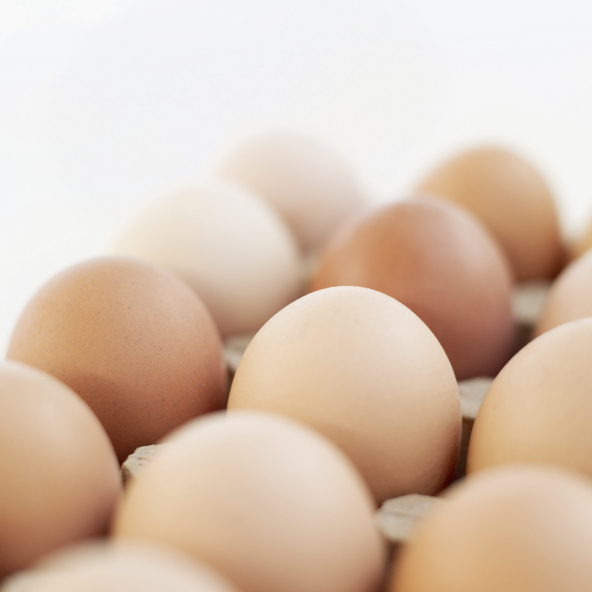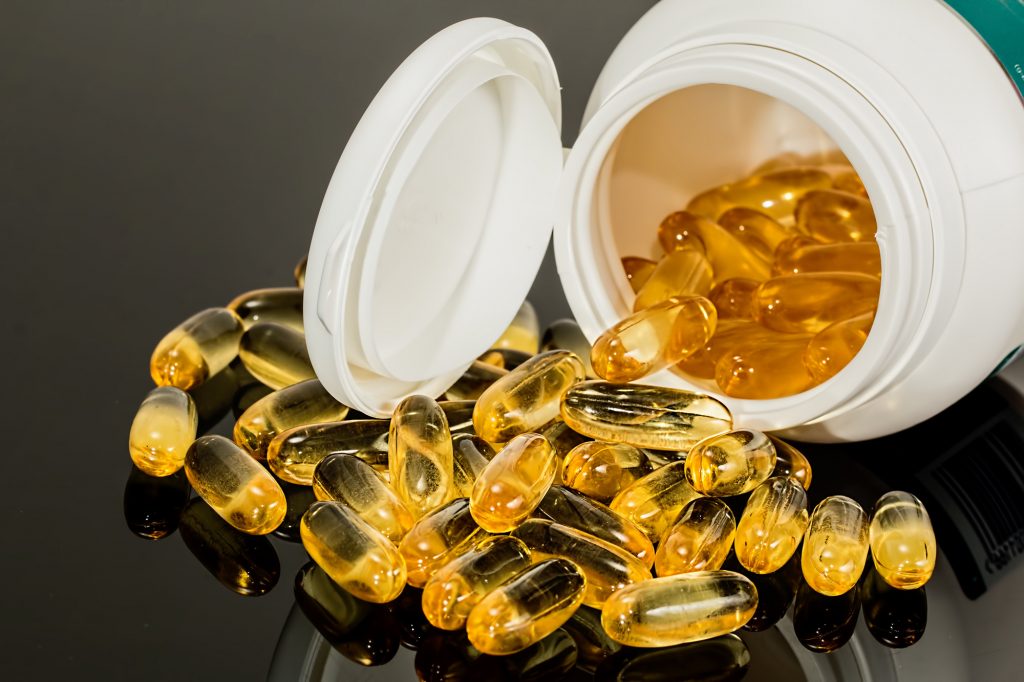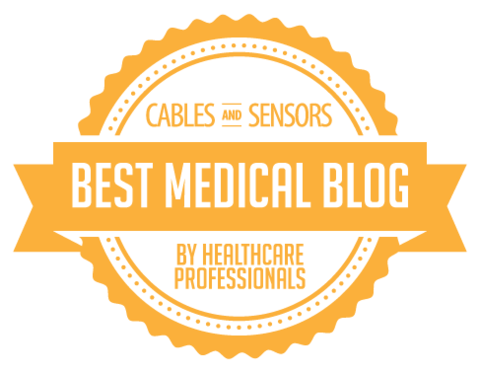Why am I always hungry? Are women biologically hungrier than men?
Do you frequently ask yourself – why am I always hungry?
I just read an interesting study I want to share with you. This research was done at Brookhaven National Laboratory. Thirteen men women and 10 men were asked about their favorite foods, taught a cognitive inhibition technique, and then were asked to fast overnight. The next day they received brain scans as they were presented their favorite foods. Results showed all participants indicated the cognitive-inhibition technique helped reduce their level of hunger. Interestingly, only men’s brains showed a decrease in hunger signals. Even though women stated they were less hungry, the brain scans showed their brains firing away signals to eat.
Maybe this is one reason the incidence of obesity is higher for women. It’s speculated that the difference is biological and women are programmed to eat whenever food is available as part of the ingrained need to provide nutrition to children.
February is American Heart Month. In recognition of American Heart Month you can access Heart Health Made Easy at a 25% savings. Learn more about this take action guide to lower cholesterol and blood pressure at http://www.hearthealthmadeeasy.com.
All the best,
Lisa Nelson RD
The Best Way to Lose Weight
How to Lower Triglycerides for a Lower Total Cholesterol

I’ve recently answered several questions related to triglycerides. These questions range from “What are triglycerides?” to “My triglycerides are 400, do I need to worry?” on to “Help, my triglycerides are 1200, how do I fix this?”
So, I’m going to answer all these questions here for those of you who are wondering, but haven’t asked.
What are triglycerides?
Triglycerides are a type of fat. Actually, they’re the most common type of fat in foods and in your body. When you eat foods containing fat and oil, such as butter, French fries, and chocolate chip cookies, the body takes the fat and stores it in your body as triglycerides. So, all those “fat cells” in your body are made up of triglycerides.
What do triglycerides have to do with cholesterol?
When you see your MD, he or she may order a “lipid panel” (lipid is a fancy term for fat). From the lipid panel you will learn your total cholesterol, HDL (good) cholesterol, LDL (bad) cholesterol, and triglycerides.
Total cholesterol = HDL + LDL + VLDL
Well, what in the world is VLDL? Not something you’ve probably seen or heard of before. VLDL is an acronym for Very Low Density Lipoproteins, another “bad” type of cholesterol. Triglycerides are used to calculate VLDL levels in your blood.
Triglycerides x 20% = VLDL (bad) cholesterol
Also, the liver uses triglycerides as fuel for cholesterol production. So, if you eat a high fat (triglyceride) diet, the liver will increase its’ production of cholesterol and put more cholesterol out into your blood.
What is a normal triglyceride level?
You want your triglycerides to be below 200 mg/dL. Borderline high triglycerides are from 200-500 mg/dL. Triglycerides are high risk above 500 mg/dL.
Some experts argue that 200 mg/dL is too high and that a normal level should be less than 150 mg/dL. The numbers I’ve listed above are the current guidelines from the National Cholesterol Education Program Expert’s Panel.
If your triglycerides are high your heart disease risk increases.
What you can do when lowering triglycerides?
1. Limit simple sugars.
Unlike other types of cholesterol, triglycerides are affected by sugars you eat. You need to limit foods such as soft drinks, candy, baked goods, syrup, table sugar, jelly, and honey. A high intake of fruit juice can also raise triglyceride levels since juice contains a high content of natural sugars.
2. Limit alcohol.
If your triglycerides are borderline high or high risk, discuss your alcohol intake with your MD. My recommendation for borderline high (200-500 mg/dL) is to limit alcohol to no more than 1 drink per day for women, 2 drinks per day for men. One drink equals 12 ounces beer, 4 oz wine, or 1 ½ ounces liquor. If your triglyceride level is high risk (great than 500 mg/dL) I recommend NO alcohol. Again, discuss your situation with your MD.
3. Lose weight and/or maintain a healthy weight.
Many times weight loss alone will lower your triglycerides. Losing as little as 10% body weight could drop your triglycerides back to the normal range.
4. Choose a low-fat diet.
To achieve lower triglyceride levels, maintain a dietary intake of 30% or less of total calories coming from fat. A healthy diet for normal triglyceride levels should consist of whole grains, beans, fruits, vegetables, low-fat dairy, and lean meat.
5. Increase your physical activity.
Boosting your activity can lower your triglycerides up to 40%. If you’re not currently active, talk to your MD before starting an activity program. To reduce triglycerides, be physically active at least 30 minutes on 3 or more days each week. The more activity the better.
Triglycerides aren’t all bad. They provide efficient energy storage, cushion your organs, transport certain vitamins, and keep you warm by providing insulation. What’s important is to keep them under control!
All the best,
Lisa Nelson RD
 |
Heart Health Made Easy: Master the Basics to Lower Blood Pressure and Cholesterol for a Longer, Healthier Life
|
Physical Activity Benefits – Why should you be active?
Okay, in the previous two posts, we’ve covered how much physical activity is needed and I mentioned different intensities requiring different time commitments.
A simple measure of your workout intensity is the talk test. If you can carry on a conversation while taking a breath every 3-4 words, you’re probably at a moderate intensity level. If you are working out hard enough that you can only say a few words and in order to say more you have to stop to catch your breath, you’ve most likely hit a vigorous activity level.
What physical activity benefits can you expect to see by being more active this year? Here are a few:
- Improved fitness and bone health.
- Decreased coronary heart disease, stroke, high blood pressure, type 2 diabetes, and colon and breast cancer.
- Less depression.
- Fewer falls and better cognitive ability for older adults.
- Better pain management, function, and quality of life if you suffer from arthritis.
All right, now don’t just read this without taking action. Look at the upcoming week. Where can you add a walk or extra trip to the gym to boost your activity level closer to the desired 2 ½ hours per week?
There are 1440 minutes each day. Only 30 of them need to be active!
February is American Heart Month. In recognition of American Heart Month you can access Heart Health Made Easy at a 25% savings. Learn more about this take action guide to lower cholesterol and blood pressure at http://www.hearthealthmadeeasy.com.
All the best,
Lisa Nelson RD
Healthy Ways to Lower Blood Pressure – Hibiscus Tea and the Link with High Blood Pressure
If you are prehypertensive or have mild high blood pressure a study has found that drinking hibiscus tea may help lower your blood pressure. A study followed 65 individuals aged 30-70 years-old with initial blood pressure readings of 120-150/<95. Individuals were split into two groups, with one group drinking three cups of hibiscus tea daily. Those consuming the tea saw a 6.2 mmHg drop in systolic blood pressure (top number).
Hibiscus is a common ingredient in herbal teas, providing a fruity, tart taste and red color. Hibiscus is also a good source of anthocyanins, flavones, flavonols, and phenolic acids. This isn’t the first study to show a link between hibiscus tea and reduced blood pressure.
February is American Heart Month. In recognition of American Heart Month you can access Heart Health Made Easy at a 25% savings. Learn more about this take action guide to lower cholesterol and blood pressure at http://www.hearthealthmadeeasy.com.
All the best,
Lisa Nelson RD
7 Natural Ways to Lower Blood Pressure
Cholesterol in Egg – Are eggs "good" or "bad" for cholesterol?

To lower cholesterol, it’s frequently recommended to limit egg intake, specifically the egg yolk. Egg yolks are a concentrated source of cholesterol, while egg whites contain primarily protein. However, while dietary cholesterol can impact cholesterol levels within the body, saturated fat actually has a greater impact on LDL cholesterol levels.
A 1999 study found little impact of consuming one egg daily on blood cholesterol levels. It’s currently recommended, for individuals with normal cholesterol levels, to limit dietary cholesterol intake to 300 mg or less daily. Cholesterol in egg – One egg contains 210 mg of cholesterol within the egg yolk. If you have high LDL cholesterol, the current recommendations are to limit dietary cholesterol to 200 mg or less per day.
If you enjoy eggs, there are alternatives, such as replacing the egg yolks with more egg whites or using products, such as Egg Beaters, which provide an excellent source of protein minus the cholesterol.
All the best,
Lisa Nelson RD
How to Lower Cholesterol in 8 Simple Steps
Lower Cholesterol – How much omega 3 do you need to lower cholesterol?

Increasing the amount of omega-3 fats in our diet and decreasing the amount of omega-6 is beneficial in reducing your risk for heart disease. Most American’s consume a high omega-6 diet, with omega 3 being a common deficiency. Omega 3 deficiencies and the imbalance between omega 3 and omega 6 intakes have been linked with serious conditions, including heart attacks. Successfully maintaining a ratio of 4:1 to 1:1 omega 6 to omega 3 will help lower cholesterol levels and control high blood pressure.
Now, how much omega 3 do you need to add?
This is under debate and more research is being done. Right now the range experts recommend is from 500-2000 mg/day. Here are the current American Heart Association (AHA) recommendations.
The AHA recommends that individuals without heart disease eat a variety of fish twice a week, use heart healthy oils (flaxseed, canola, soybean oils), and consume flaxseed and walnuts.
For individuals with heart disease, the AHA recommends 1 g of EPA (eicosapentanoic acid) + DHA (docosahexaenoic acid) daily, preferably from fatty fish.
The AHA recommends 2 to 4 g of EPA + DHA daily, under physician’s care only, for individuals that need to lower triglycerides. High doses, > 3 grams/day, can result in excessive bleeding. (Do not self medicate! Talk to your MD before supplementing greater than 2 grams.)
Omega 3 Content of Different Foods
Wild Salmon, 4 oz. 1700 mg (DHA 700 mg, EPA 400 mg)
Tuna canned in water, 4 oz. 300 mg (DHA 200 mg, EPA 50 mg)
Cod, 4 oz. 600 mg (DHA 160 mg, EPA 50 mg)
Flaxseed, 1 Tbsp. 1000 mg (ALA – alpha–linolenic acid – 1000 mg)
Soybeans, dried, cooked ½ cup 500 mg (DHA/EPA 250 mg, ALA 250 mg)
Walnuts, 1 oz. 2570 mg (ALA 2570 mg)
Pecans, 1 oz. 280 mg (ALA 280 mg)
Wheat germ, ¼ cup 210 mg (ALA 210 mg)
Canola oil, 1 Tbsp 1300 mg (ALA 1300 mg)
Olive oil, 1 Tbsp 100 mg (ALA 100 mg)
Now, there’s a reason I included details on amounts of ALA, DHA and EPA for each omega 3 source. Right now, DHA and EPA have a greater link with lower cholesterol levels, lower triglycerides, and higher HDL levels than ALA. The body is able to convert ALA to EPA and DHA, but the conversion rate is low; therefore, it is best to include high DHA and EPA sources in your eating plan.
My recommendation:
As a preventive measure and to promote lower cholesterol and blood pressure control, I recommend eating fish twice a week, select a supplement that will provide you at least 1000 mg of omega 3 fatty acids daily (choose a good source of DHA and EPA), and use ground flaxseed when appropriate in your meal preparation.
February is American Heart Month. In recognition of American Heart Month you can access Heart Health Made Easy at a 25% savings. Learn more about this take action guide to lower cholesterol and blood pressure at http://www.hearthealthmadeeasy.com.
All the best,
Lisa Nelson RD



